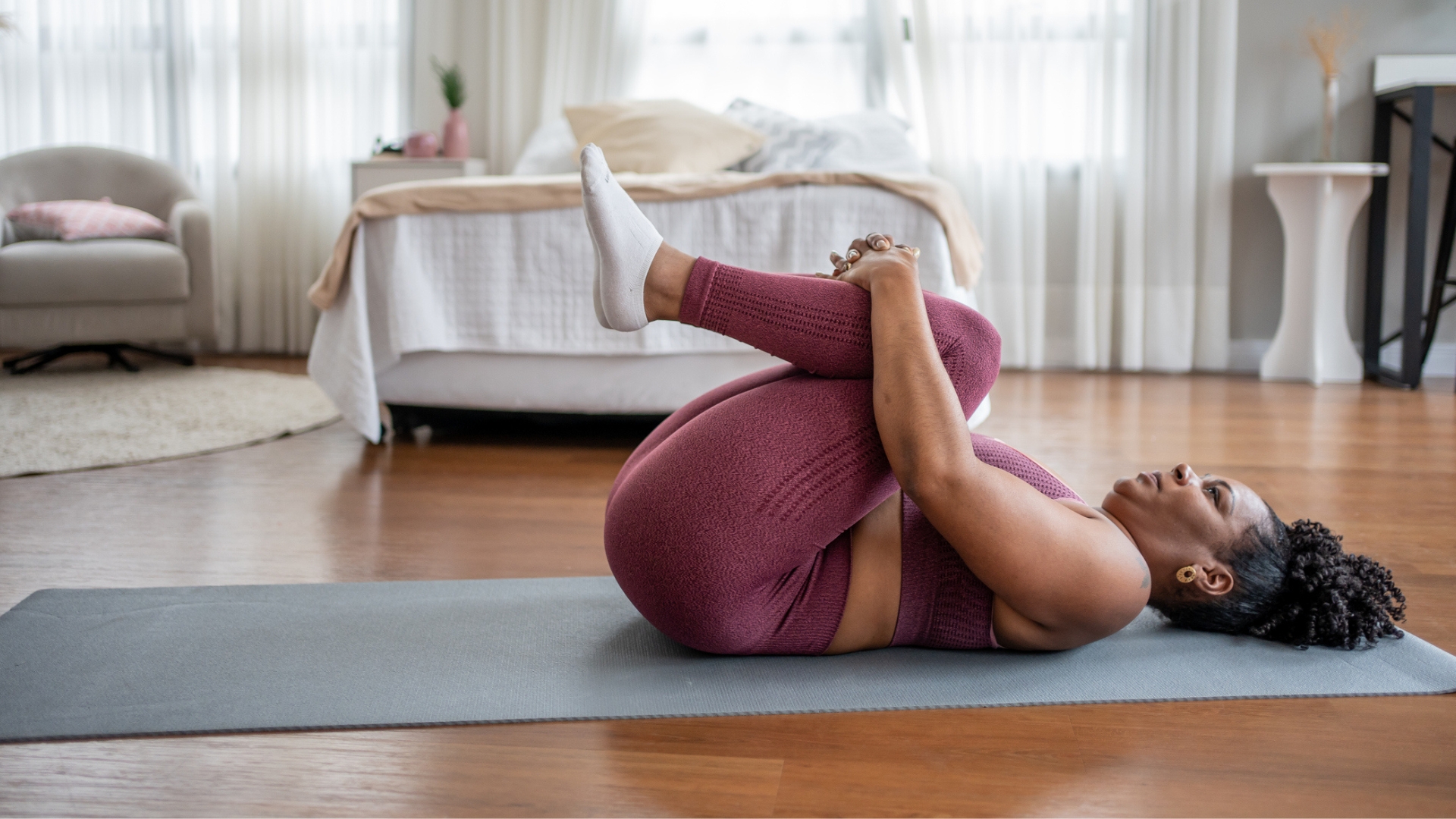
Why Everyone Is Switching to “Sleep Pilates”—And What It Does to Your Brain
Pilates Pila – It’s no longer just about how long you sleep, but how well your mind and body recharge. That’s why sleep pilates is changing the nighttime wellness routine of thousands across the world. This emerging practice blends gentle pilates movements with breathwork and mindful body scanning—right before bed—to improve not only physical recovery but cognitive clarity as well.
While the term may sound like a wellness gimmick, the science-backed benefits of sleep pilates are turning skeptics into believers. Athletes, therapists, and everyday people are swapping scrolling or late-night snacks for slow, focused movements that reportedly help them fall asleep faster and wake up more refreshed. But how exactly does it work—and what is it doing to your brain while you sleep?
Sleep pilates is a form of restorative movement practiced in the evening, designed to relax the body, regulate breathing, and ease the nervous system into a sleep-ready state. Unlike high-energy pilates workouts that tone and sculpt, emphasizes slower, fluid motions—think deep spinal stretches, hip openers, and low-resistance core engagement.
Many practitioners combine sleep pilates with dim lighting, calming music, and sometimes even aromatherapy to enhance the mind-body connection. The result is a transition from high-alert mental states to parasympathetic nervous system activation—what scientists call “rest and digest” mode.
There’s growing research connecting low-impact evening movement with deeper, more restorative sleep. When your muscles are gently activated and then released, the brain responds by increasing the production of gamma-aminobutyric acid (GABA)—a neurotransmitter responsible for calming neural activity. More GABA means fewer racing thoughts and better sleep onset.
Additionally, sleep pilates encourages slow, diaphragmatic breathing, which has been shown to lower cortisol levels and heart rate variability. This makes it easier for your body to shift from wakefulness to a sleep state.
More importantly, sleep pilates is changing how we understand the relationship between physical stillness and mental relaxation. Unlike passive meditation, gives the body something to do—providing a bridge for those who struggle to quiet their minds at night.
Let’s get to the part that’s blowing people’s minds—literally. Consistent evening pilates has been linked to improved brainwave patterns during sleep. Specifically, practitioners have shown increases in delta wave activity, which is responsible for the deepest stages of restorative sleep.
That means better memory consolidation, more efficient detoxification of brain waste (thanks to the glymphatic system), and even enhanced emotional regulation the next day. In other words, sleep pilates isn’t just helping people sleep—it’s making their brains work better.
Some early-stage studies are also suggesting that mindful movement before bed may slow age-related cognitive decline. While more research is needed, this adds to the mounting evidence that gentle movement isn’t just good for your body—it’s powerful for your brain.
Social media wellness influencers, health coaches, and even sleep researchers are jumping on the trend. On TikTok, the hashtag #sleeppilates has passed 20 million views, with users sharing their 10-minute wind-down routines. On YouTube, sleep pilates videos now rival guided meditations in popularity.
There’s also a cultural shift at play. After years of glorifying high-intensity workouts and late-night productivity, more people are embracing a slower, more intuitive approach to wellness. Sleep pilates fits perfectly into this new narrative: self-care that’s gentle, realistic, and rooted in science.
Another factor? It’s accessible. You don’t need expensive gear, fancy activewear, or a gym membership. All you need is a quiet room, a yoga mat or soft floor, and a willingness to tune in to your body’s signals.
If you’re curious, starting is simple. Choose a time roughly 30–45 minutes before bed, turn off your screens, and dim the lights. Begin with a few cat-cow stretches to awaken the spine, move into slow bridge lifts, and finish with a seated forward fold while focusing on your breath.
Many free sleep pilates routines are now available on apps and video platforms. Look for ones that include guided breathing and focus on releasing tension from the hips, shoulders, and lower back—areas most likely to hold stress.
Consistency is key. Just like any habit, the benefits of sleep pilates increase over time. Try it for a week and observe not just how fast you fall asleep, but how you feel in the morning. Most people report feeling more mentally alert, emotionally grounded, and physically energized.
In a world overloaded with pills, screens, and noise, the return to intentional movement is refreshing. Sleep pilates may seem like a small change, but its effects ripple outward—impacting not just how you sleep, but how your brain repairs, functions, and prepares you for life.
So the next time you feel your thoughts racing at night, remember: a few slow movements might be all your mind needs to reset. And that’s exactly why sleep pilates is changing so many people’s routines in 2025.